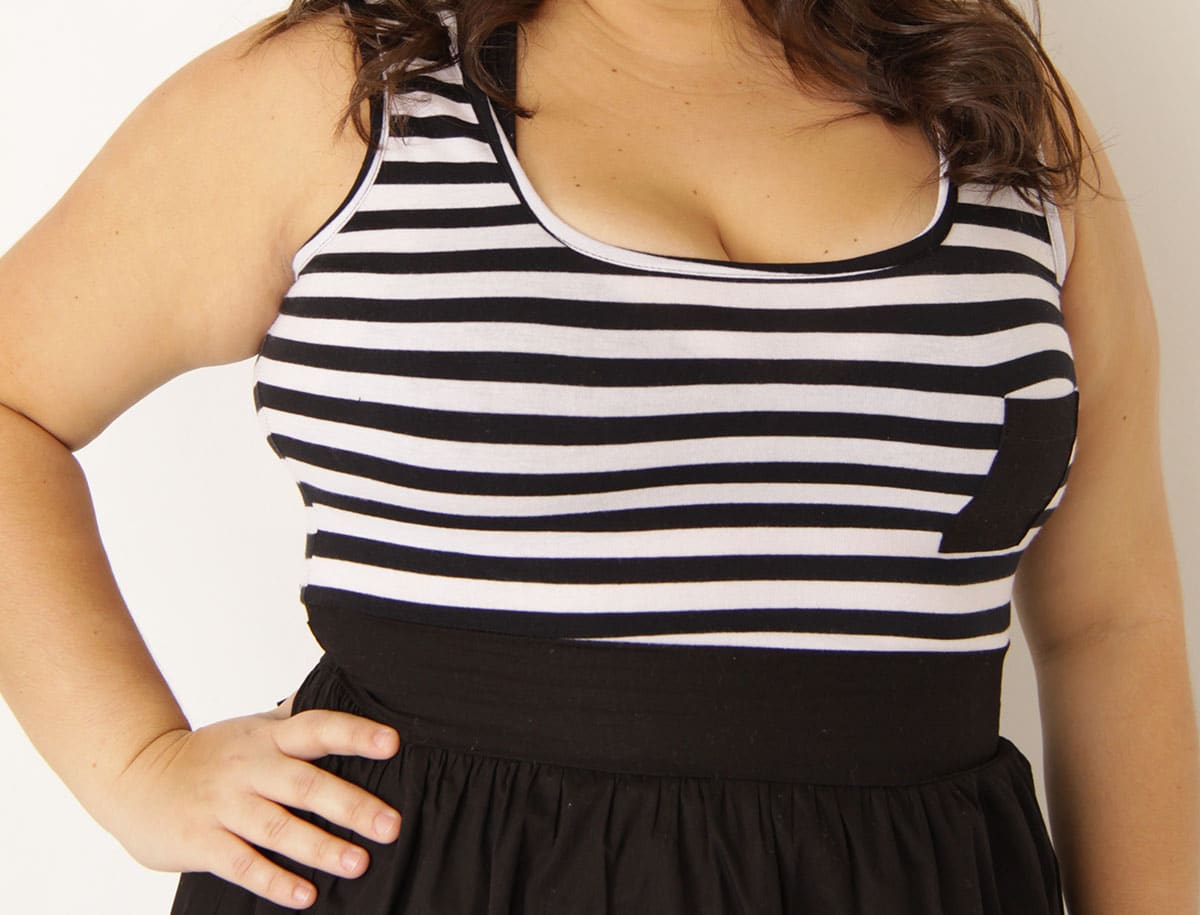Breast size and shape are unique to each individual, influenced by various factors, including genetics, hormones, and overall body composition. One crucial element that plays a significant role in breast characteristics is fatty tissue.

In this comprehensive guide, we will delve into the intricacies of breast fatty tissue, exploring its relationship with breast size, growth, and natural or enhanced breast enlargement.
Understanding Breast Fatty Tissue
Breasts consist of a combination of glandular tissue, connective tissue, and fatty tissue. The amount of fatty tissue present in the breasts contributes significantly to their overall size and shape. Fatty tissue, scientifically known as adipose tissue, fills the spaces between glandular structures and helps provide a supportive cushion for the breast.
Breast Size and Fatty Tissue
The size of breasts varies among individuals due to differences in the distribution and amount of fatty tissue. Larger breasts often have a higher proportion of fatty tissue compared to glandular tissue. Conversely, smaller breasts may contain less fatty tissue and have a greater proportion of glandular tissue.
Hormonal Influence on Breast Growth
Hormones play a vital role in breast development and growth. During puberty, hormonal changes, particularly estrogen, stimulate the growth and development of the breasts. Estrogen promotes the accumulation of fatty tissue in the breasts, leading to an increase in size and volume.
Body Composition and Breast Size
A person’s overall body composition can influence breast size as well. Individuals with a higher percentage of body fat tend to have larger breasts due to increased fatty tissue in the breast area. Conversely, individuals with lower body fat may have smaller breasts with less fatty tissue.
Natural Breast Enlargement
Some individuals may desire natural breast enlargement without resorting to surgical procedures. While there are no guaranteed methods for significant breast size increase, certain factors can potentially affect breast tissue, including exercise, diet, and hormonal balance.
Exercise and Breast Size
Exercises that focus on the pectoral muscles, such as chest presses and push-ups, can help tone and strengthen the muscles beneath the breasts. While these exercises do not directly increase breast size, they can provide a slight lifting effect and improve overall breast appearance.
Diet and Breast Size
Maintaining a balanced and nutritious diet is important for overall health, but it is not known to directly affect breast size. However, weight gain or loss due to dietary changes can potentially impact breast size, as breasts contain fatty tissue. Weight gain may lead to an increase in breast size, while weight loss may result in a reduction.
Hormonal Balance and Breast Growth
Hormonal imbalances, such as low estrogen levels, can affect breast development and size. Maintaining a healthy hormonal balance through lifestyle choices, including adequate sleep, stress management, and a nutritious diet, may help support healthy breast growth.
Breast Enlargement Options
For individuals seeking more noticeable breast enlargement, there are surgical and non-surgical options available. Surgical breast augmentation involves the placement of implants to enhance breast size. Non-surgical alternatives include hormone-based therapies, herbal supplements, and vacuum suction devices.
It is crucial to consult with a qualified healthcare professional before considering any form of breast enlargement.
Conclusion
Breast fatty tissue is a crucial component that contributes to breast size, growth, and overall appearance. Understanding the role of fatty tissue in the breasts helps individuals have realistic expectations and make informed decisions about natural or enhanced breast enlargement options.
It is essential to prioritize overall health and consult with medical professionals to explore the most suitable choices for achieving desired breast goals.
Random Questions
Yes, fatty tissue in the breast can grow, especially during periods of weight gain or hormonal changes.
When breast tissue is entirely fatty, it means there is a higher proportion of fat compared to glandular tissue, which is typical in breasts with a lower density.
Breast tissue feels soft and pliable, while a growth may feel harder or irregular. If in doubt, consult a healthcare professional for examination and diagnosis.
Both types of breasts have their own characteristics. Fatty breasts may have less risk for cancer detection challenges, while dense breasts have more glandular and connective tissue, making mammograms less effective but not inherently better or worse.
